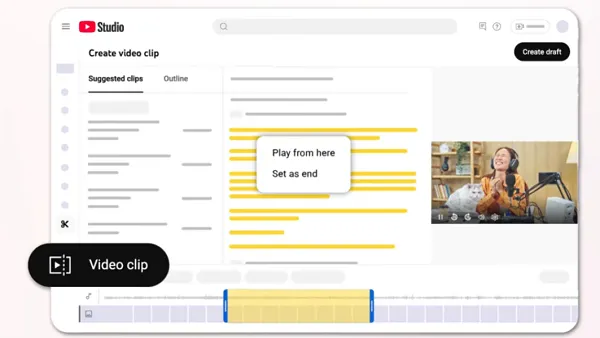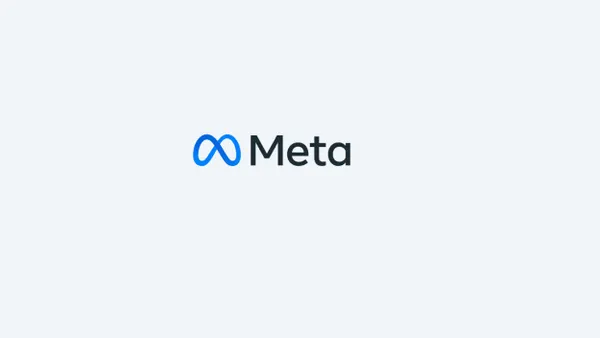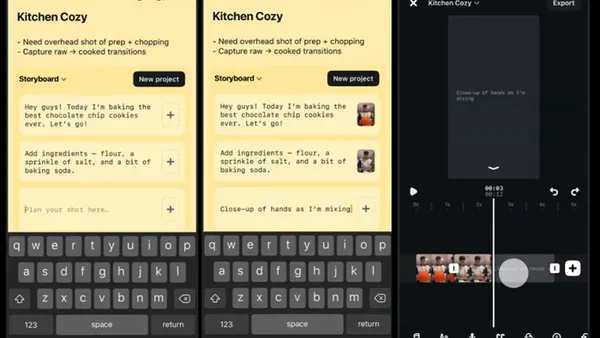 Are you among the holdouts dismissing Twitter as meaningless? Or, maybe your business is on Twitter but can't get beyond worrying how many followers you have? You could even be really experienced but still wondering if there's more. Don't worry so much about getting more followers. Social media tools like Twitter can be serious sales tools.
Are you among the holdouts dismissing Twitter as meaningless? Or, maybe your business is on Twitter but can't get beyond worrying how many followers you have? You could even be really experienced but still wondering if there's more. Don't worry so much about getting more followers. Social media tools like Twitter can be serious sales tools.
Sales Trainer Howard Olsen put it concisely three years ago when he wrote "(Twitter) should be used for what it is: a communication tool that can help you build dialogue and trust."
If you only learn one thing from this article it's this - sales can be inboundy, and Twitter can be a great way to get there. So if you're ready to get serious about sharpening your sales skills, start by trying these 5 Twitter tips:
1. Sales Intelligence: You gotta know the territory.
Twitter, and many other social media tools, give you unprecedented abilities to unobtrusively get to know your prospects, both one on one and as a community in general. Depending on your sales process, this can be hand-picking smaller sets of contacts at target companies and getting to know them better, or it could be using search tools to gather sales intelligence at scale.
In some early Sales Intelligence experimentation using Twitter, Matt Mesher at Lattice Engines established that searching company Twitter accounts for terms related significant events yielded actionable sales intelligence and actionable leads. By searching terms related to awards won, conference exhibits, new senior hires, product launches, new customer wins and customer recommendations.
At the very least, you should have tools set up to listen to key terms in your industry, your brand name(s), and your competitors' brand names.
2. Learn to listen.
Shortly after stepping offstage at a distant speaking event, I noticed a particularly enterprising HubSpot sales rep conversing with attendees' tweets about my talk. I assumed she was there at the event and reached out to her, which is when I learned she was home in Cambridge. She was thousands of miles away, but doing a terrific job engaging with my audience to answer their questions about my talk and provide more information.
When I returned to the office I sought her out and we talked about the experience. It turned out she made it her business to keep an eye on HubSpot's speaking schedule, and then she took it just one step further by figuring out the "#hashtag" for the event where I was speaking.
By searching for the event's #hashtag on Twitter, and staying really engaged with the stream of tweets just before and after my talk, she was able to do an incredible job getting to know the folks who were watching and tweeting material from the talk.
She checked our marketing database to see which of these people were HubSpot prospects already, and was able to start cultivating new relationships with a handful of very well qualified folks we didn't have previous relationships with. Big wins all around for a few hours' work as opposed to having to travel for 2 days along with me.
3. Recognize and Remember.
The more your sales and marketing tools can tell you about a prospect, the better. Find tools that will let you know when a lead or a known prospect is especially active on your site. Carefully sort your social streams so that you can differentiate between completely unqualified individuals vs. those who are good prospects in need of the product or service that you provide.
There are many ways to do this, from simply putting together Twitter lists (pro tip: make them private unless they are at least somewhat honorific), and checking the tweets on them regularly, to investing in software that integrates your social media management system with your marketing database, website and CRM.
4. Holla Back, Follow Back
First of all, I believe that business users should follow back every legitimate Twitter follower they get. If an account with over 100k followers can do this without becoming totally unusable, then chances are your account can too.
But you ask - Pistachio, how the heck can I read all those tweets from thousands of accounts?
Easy: Don't.
As a business, you should never try to use the stream of people you "follow" as a way to read Twitter. Instead, you should read Twitter via lists, search streams and other monitoring tools--HubSpot's Social Inbox will do nicely!
5. We Should Make a List...
Speaking of Twitter lists, as promised, here are a few ideas for when and how to use them.
Private lists: if the list is simply to keep this particular batch of accounts of interest in one place for you to easily keep up with, just keep that list private.
Public lists: Public lists do two things that make a private list better for this case - they tip off the people on the list that you have listed them (and what name you have given that list). They also tip off anyone else who is paying attention to your Twitter account that you have listed those accounts (and again, what name you have given that list).
When to go public with a list? When you can taking advantage of these characteristics, to accomplish something. Great business uses for public lists include anything honorific "Favorite Tech Bloggers," "Inspiring Entrepreneurs," "Funny Twitterers." Both the people you add to the list (hey, thanks) and the people who eventually decide to subscribe to the list (who, great content) will appreciate you doing so, especially if you do a great job curating and naming the list.
Another great use for lists is to make things easier and more organized for the people you might interact with as a business on Twitter. There are times when it can be very helpful to publish a list of your employees' Twitter accounts, your channel partners' Twitter accounts, Top trade publications for your industry and other Twitter lists that make it easier for an individual to work with or engage with your company.
The sales world is changing. Reps used to attend in-person events to mix and mingle with prospects, and that's still important, but effective and efficient social media usage can be a great complement for other tactics in your sales arsenal. There are over 555,000,000 people on Twitter, and that number climbs by hundreds of thousands of users per day. Regardless of your industry, line of work, or level of seniority, that means your prospects, leads, and customers (or at least a portion of them) are on Twitter, and by not engaging smartly you're leaving money on the table.










